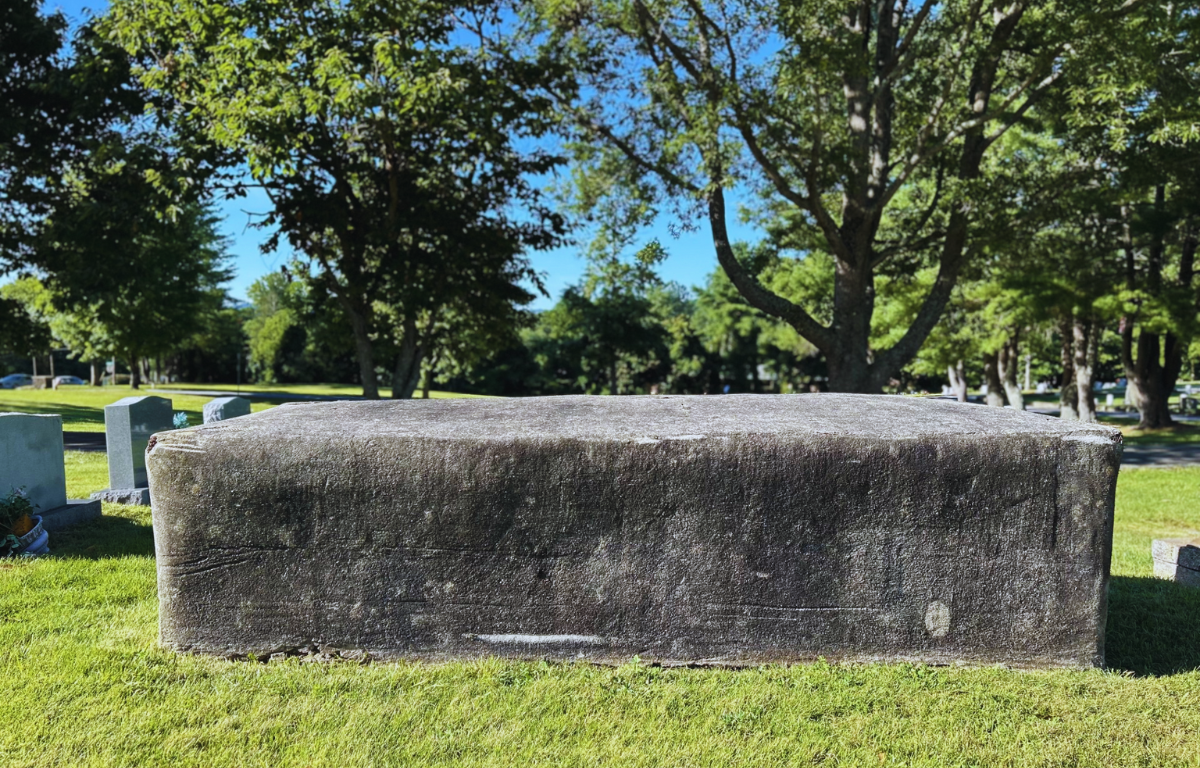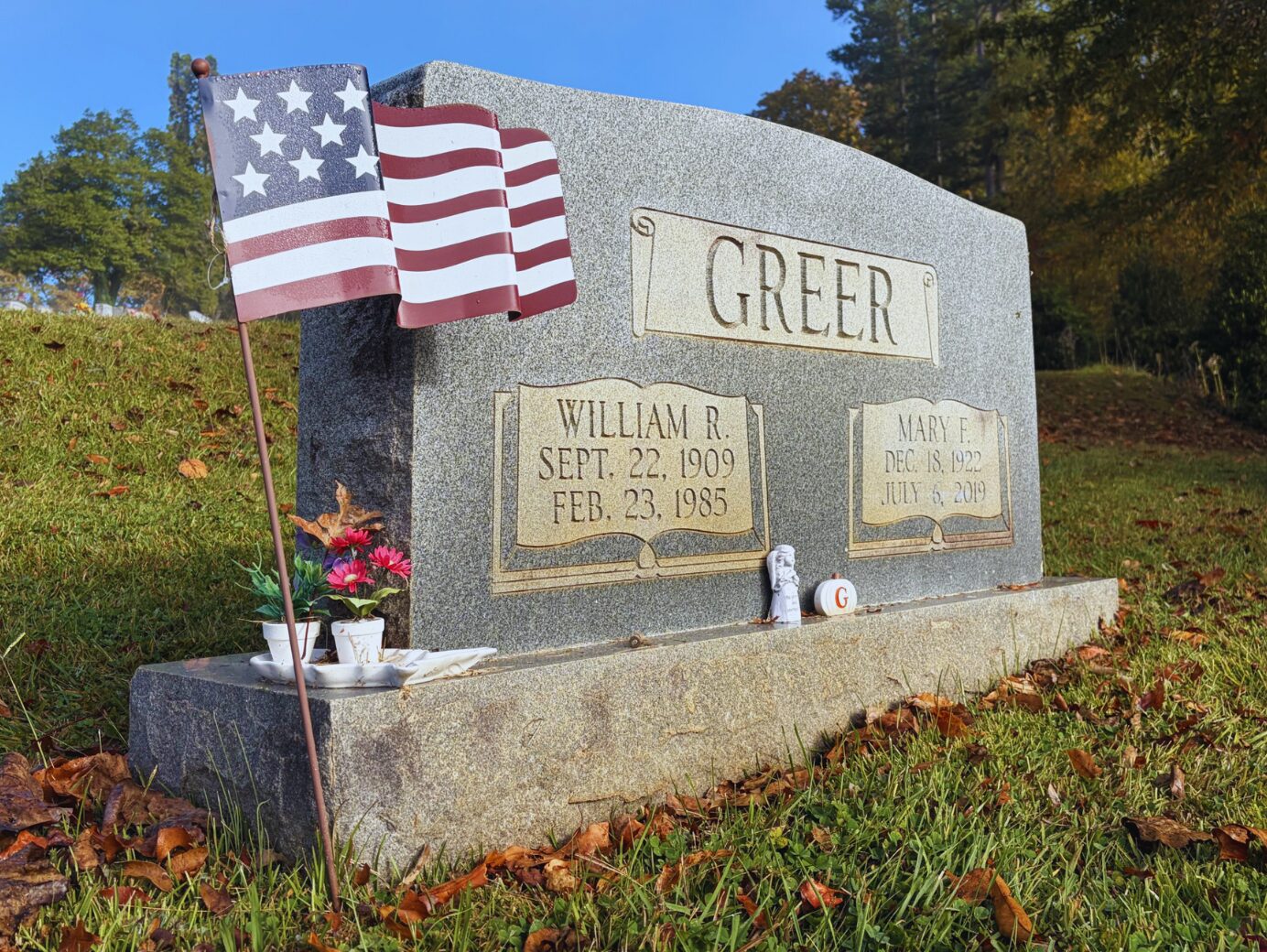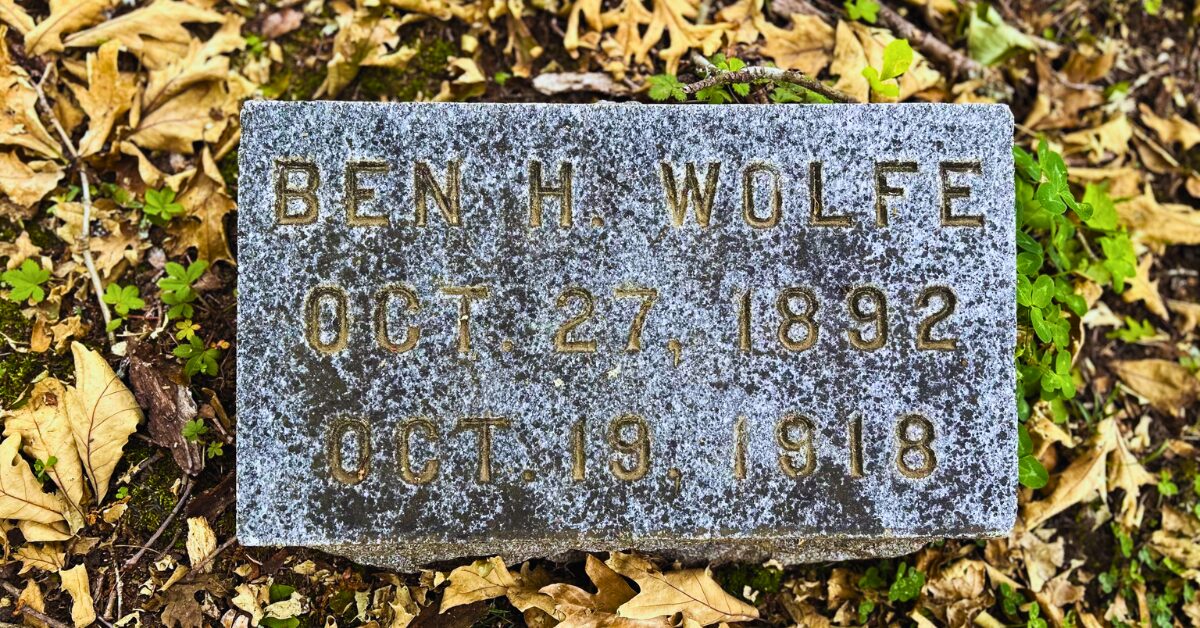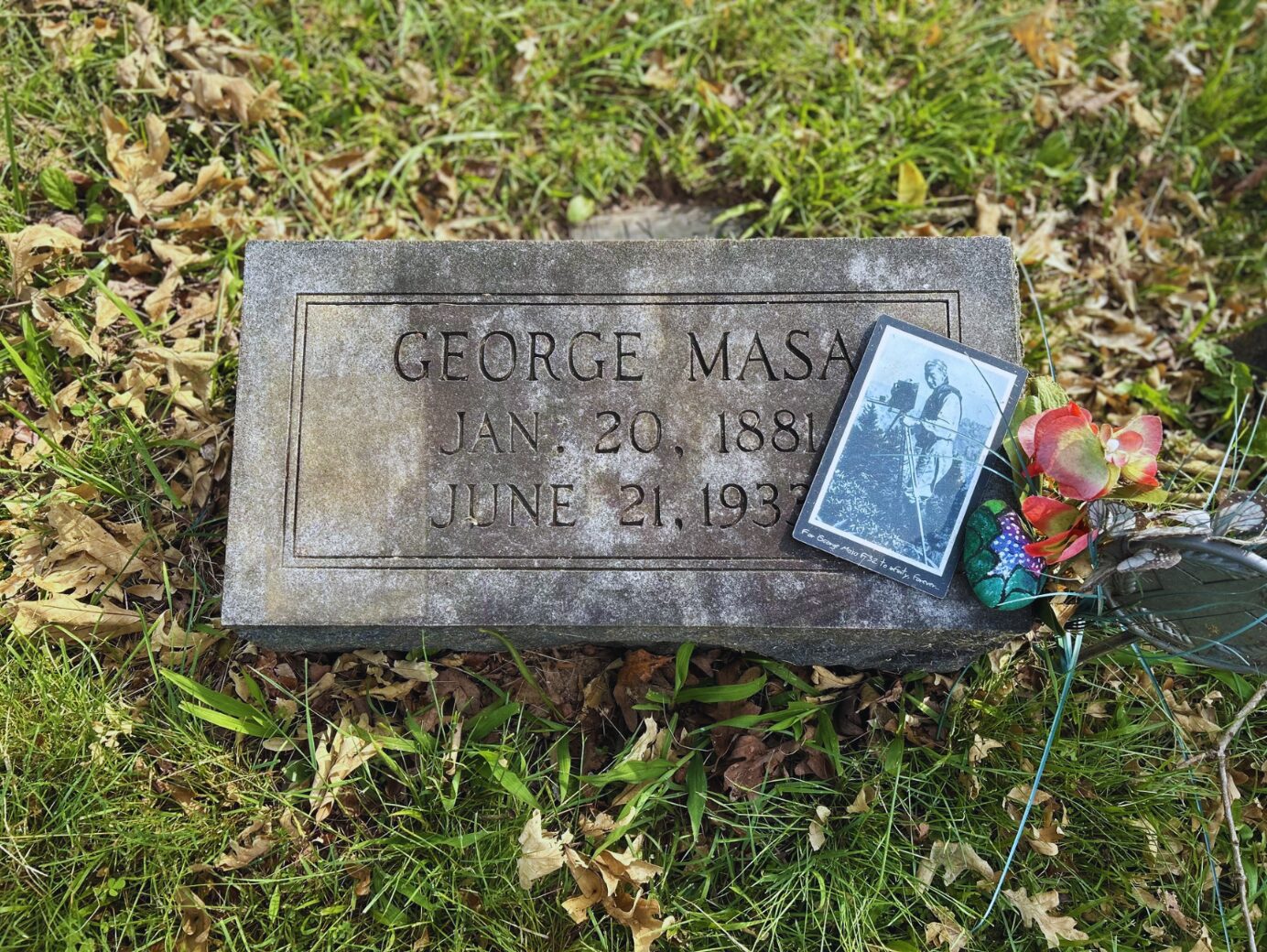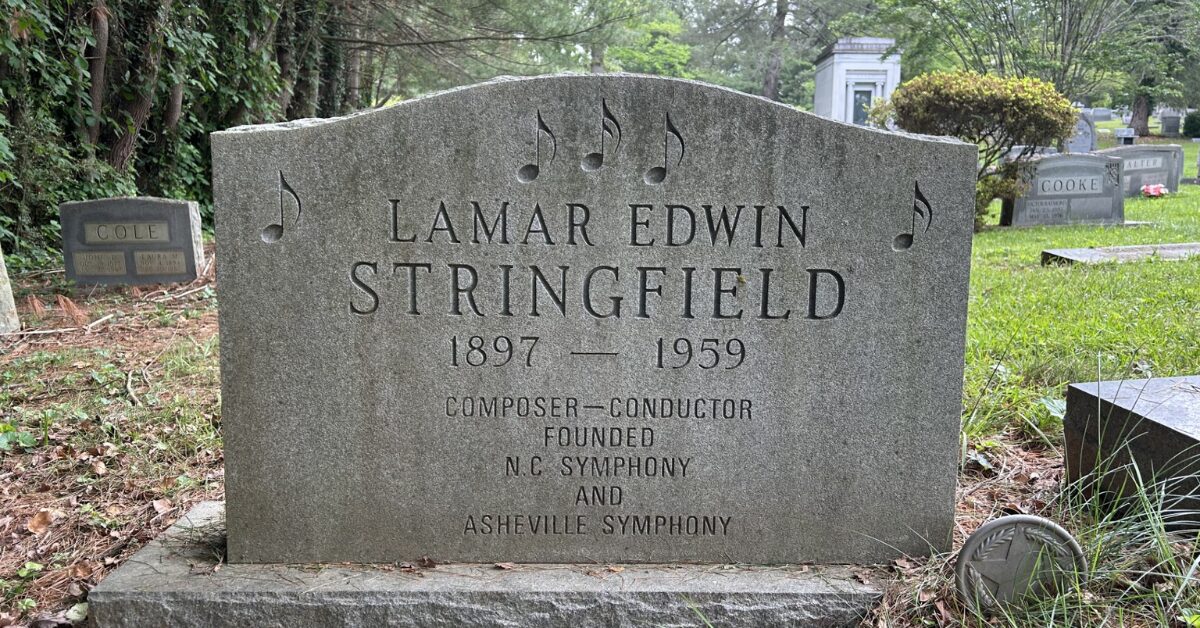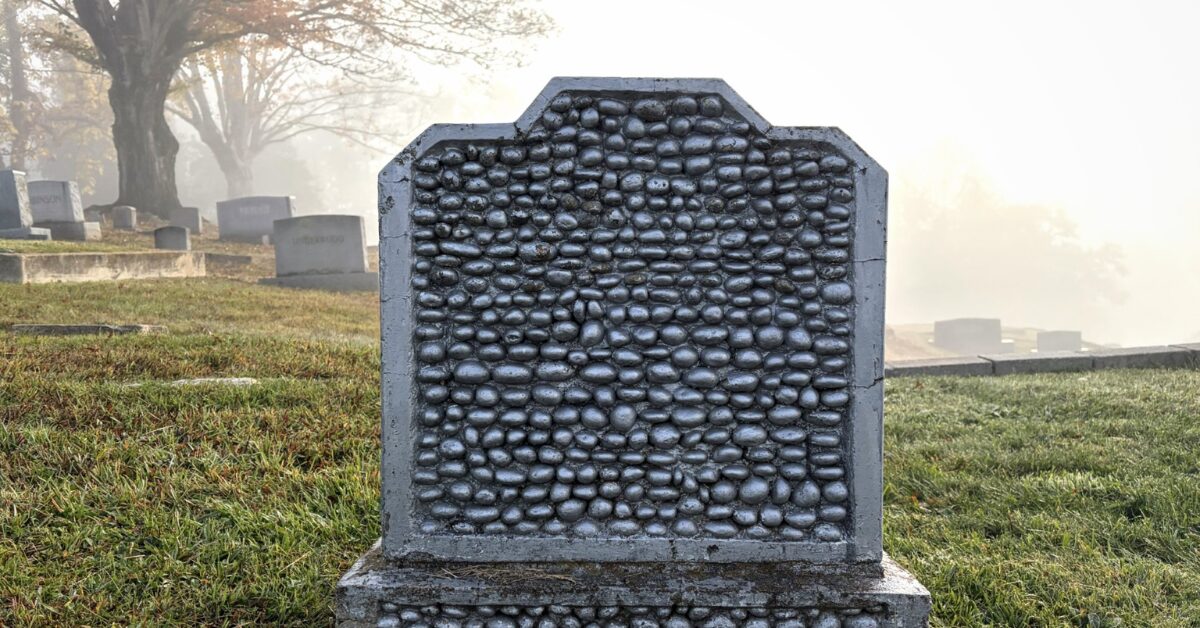Editor’s Note: Western North Carolina is rich with untold stories—many resting quietly in local cemeteries. In this Tombstone Tales series, we explore the lives of people from our region’s past whose legacies, whether widely known or nearly forgotten, helped shape the place we call home.
HENDERSONVILLE, N.C. — If you weren’t looking for it, you’d walk right by it. At first glance, Lelia Maud Davidson Hansell’s grave in Oakdale Cemetery looks like an ordinary concrete vault. There’s no statue or marker to hint at the story it holds.
Yet for more than a century, this quiet grave has sparked fascination and a sense of wonder. Hansell, known in her lifetime for her cheerful nature and work as a teacher, is remembered today as the “Sunshine Lady of Hendersonville.” Her unique burial request is what made her grave so memorable: she wanted sunlight to touch her face even after death.
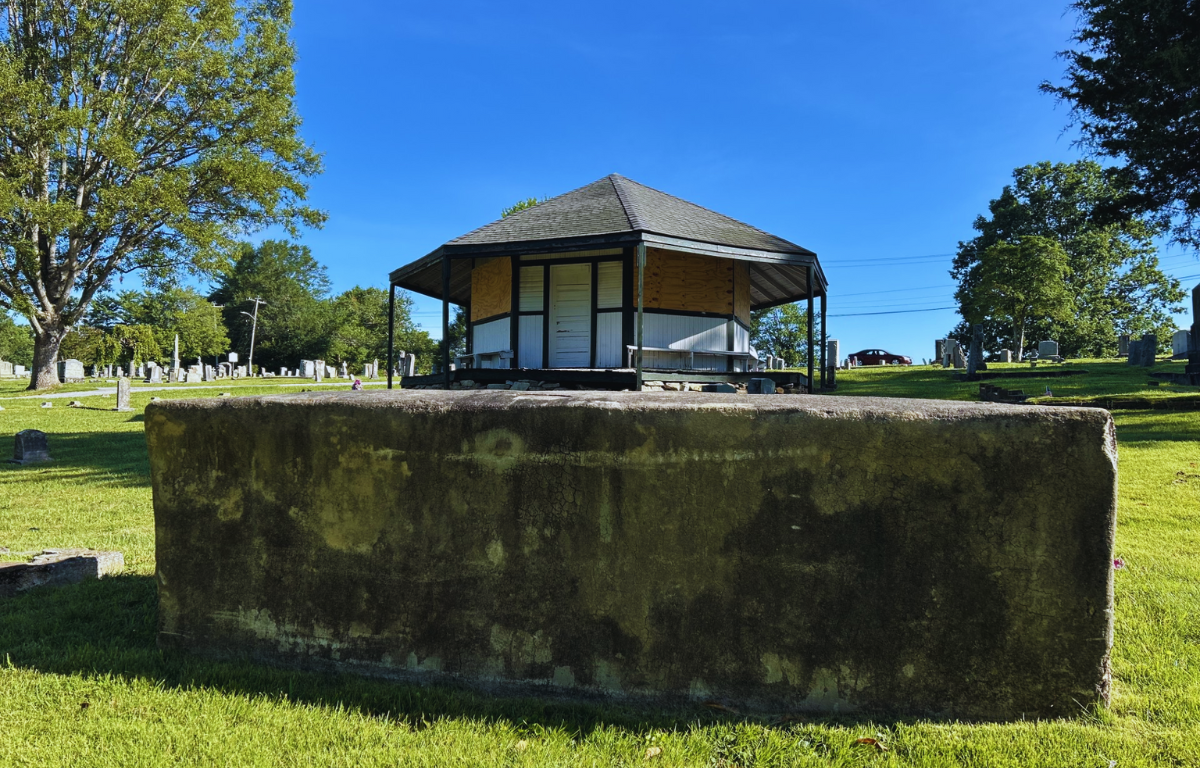
Born in Charlotte in 1861, Lelia Davidson grew up in a respected North Carolina family. Her father, Dr. Joseph M. Davidson, was a prominent physician. Lelia pursued a life of service, working as a teacher in North and South Carolina. She later taught at Hendersonville’s Judson College and earned a reputation for her kindness.
Later in life, Lelia married Judge Charles Hansell, but their time together was short. Around 1913, she was diagnosed with pulmonary tuberculosis. The couple moved to Hendersonville, hoping the mountain air would help her condition. Sadly, Lelia died in December 1915 at the age of 54.
Before her death, she asked that she not be buried in eternal darkness. She told her husband she wanted her final resting place to allow sunlight to reach her.
To honor her request, Charles Hansell ordered a custom above-ground vault that featured a series of thick glass discs, known as vault lights. These prisms were similar to those used in sidewalks and basements during that era and were designed to direct natural light into the chamber below. According to local accounts, her casket may have been left open, covered only with a shroud, so that the sun would shine directly on her face.
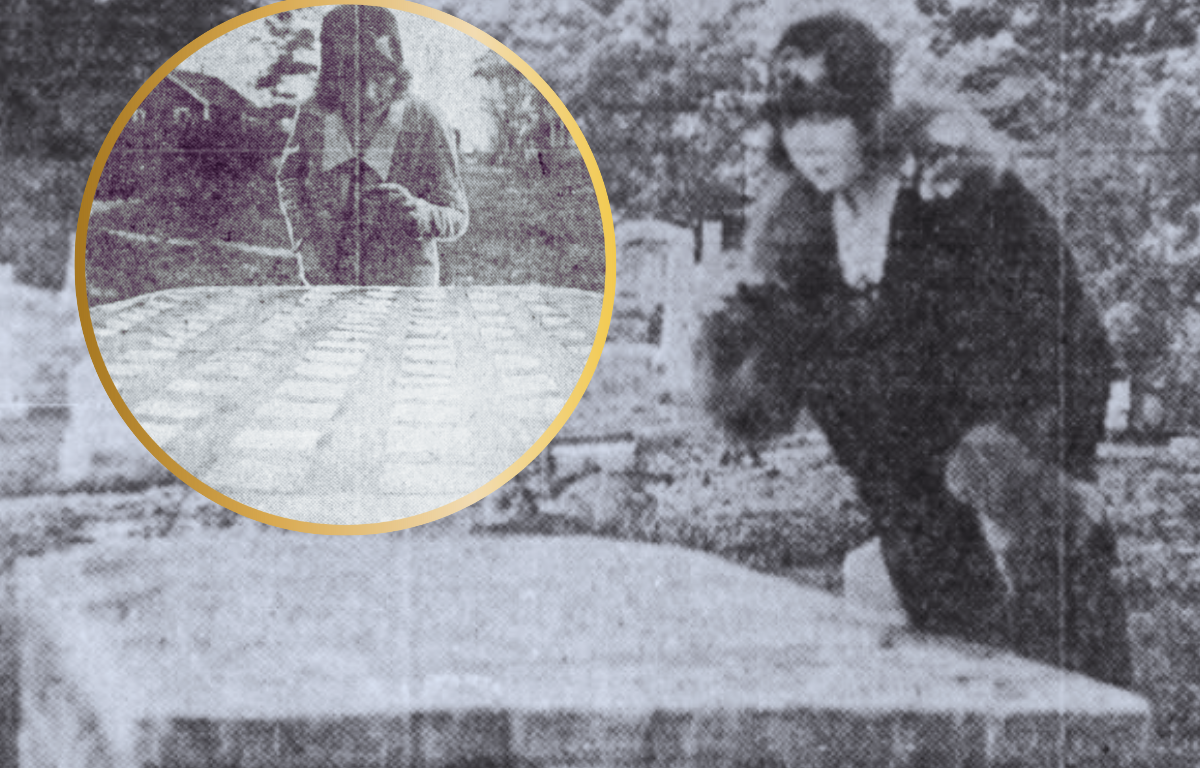
The unusual grave drew attention, and residents called it the “sunshine grave.” It stood out from the more traditional headstones surrounding it and became a quiet landmark in Oakdale Cemetery.
Today, the original glass has been removed, and the tomb has been sealed with concrete. That decision was made in the mid-20th century, when public curiosity about the grave became too disruptive. People were peeking inside, trying to clean the glass for a better view, and sometimes damaging the structure in the process.
Even with the tomb sealed, the story continues to attract visitors to the grave that has become a symbol of remembrance and a husband’s devotion.
Coming up tomorrow in 828newsNOW’s Strangeville: We return to Oakdale Cemetery to explore how Lelia Hansell’s peaceful wish for sunlight became the center of ghost stories, strange sightings, and decades of eerie folklore.

